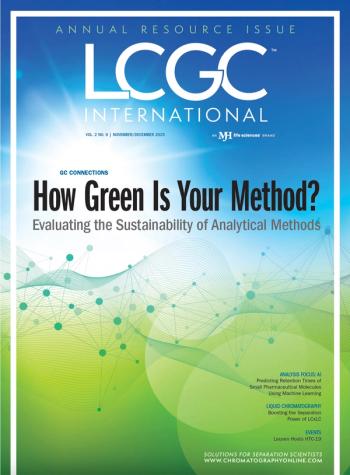
Selectivity of Chiral Stationary Phases Based on Cellulose tris(3-chloro-4-methylphenylcarbamate) and Cellulose tris(3,5-dimethylphenylcarbamate)
Polysaccharide-based chiral stationary phases (CSP) are widely used due to their wide chiral recognition ability. Several cellulose and amylose derivatives are extremely effective in the separation of a wide range of compounds of interest in the pharmaceutical industry.1 This work demonstrates the different chiral recognition capabilities of CSPs based on cellulose tris(3-chloro-4-methylphenylcarbamate) and cellulose tris(3,5-dimethylphenylcarbamate). Over 180 racemates of pharmaceutical interest were analysed on these two phases in normal (NP), polar-organic (PO) and reversed phase (RP) separation modes. Numerous examples including important classes of drug compounds as well as statistical data prove that cellulose tris(3-chloro-4 methylphenylcarbamate) offers a good alternative to the commonly used cellulose tris(3,5-dimethylphenylcarbamate) in the separation of difficult racemic mixtures.
Newsletter
Join the global community of analytical scientists who trust LCGC for insights on the latest techniques, trends, and expert solutions in chromatography.



